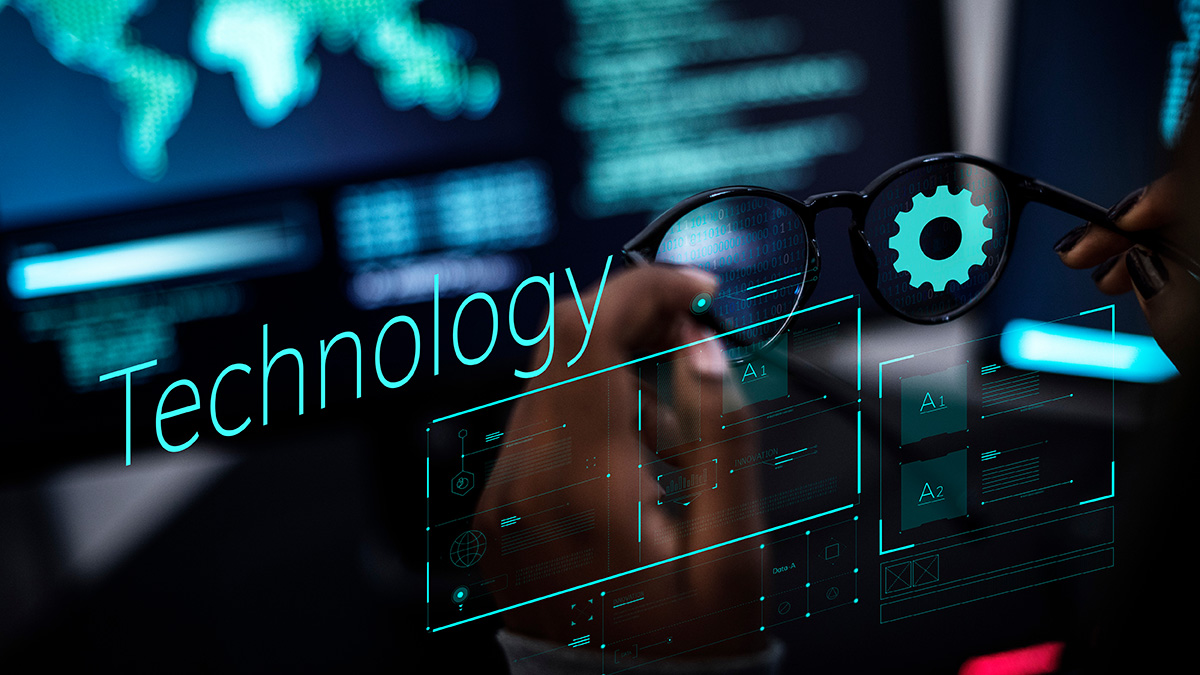Groundbreaking Tech Gives Stroke Survivors a Fighting Chance to Regain Hand Function

Hope for Stroke Survivors: New Technology Restores Hand Function
For stroke survivors grappling with the debilitating loss of hand function, a beacon of hope has emerged. Researchers have developed a revolutionary new technology that’s showing remarkable promise in helping patients regain control and dexterity. This breakthrough offers a renewed sense of independence and a significantly improved quality of life for countless individuals affected by stroke.
Understanding the Challenge
Stroke is a leading cause of long-term disability, and the loss of hand function is a particularly devastating consequence. It impacts daily activities – from simple tasks like buttoning a shirt or holding a cup to more complex actions required for work and hobbies. Traditional therapies, while beneficial, often have limitations in fully restoring function. This new technology aims to bridge that gap.
The Innovative Approach
The technology, still in its early stages of development, involves a combination of advanced robotics, brain-computer interfaces, and targeted therapy. Essentially, it works by decoding the patient’s intended movements from their brain signals and translating those signals into commands for a robotic device that assists with hand movements. This allows patients to “think” about moving their hand, and the device helps them execute those movements.
Early Results are Encouraging
Clinical trials have yielded incredibly promising results. Patients participating in the trials have demonstrated significant improvements in their ability to grasp objects, perform fine motor tasks, and generally regain a greater degree of hand control. While the technology isn't a complete replacement for natural hand function, it provides a crucial level of assistance that can dramatically improve daily living.
Beyond the Immediate Impact
The implications of this technology extend far beyond simply regaining hand function. It offers a potential pathway for neuroplasticity – the brain’s ability to rewire itself – accelerating the recovery process and potentially leading to more complete restoration of function over time. Researchers are also exploring the possibility of adapting this technology for other neurological conditions, such as spinal cord injuries and Parkinson’s disease.
What’s Next?
Further research and refinement are needed before this technology becomes widely available. However, the initial findings are exceptionally encouraging, offering a tangible sense of hope for stroke survivors and their families. Ongoing studies will focus on optimizing the system, expanding its applicability, and ensuring its long-term safety and effectiveness. The future looks brighter for those striving to regain the use of their hands after a stroke.






